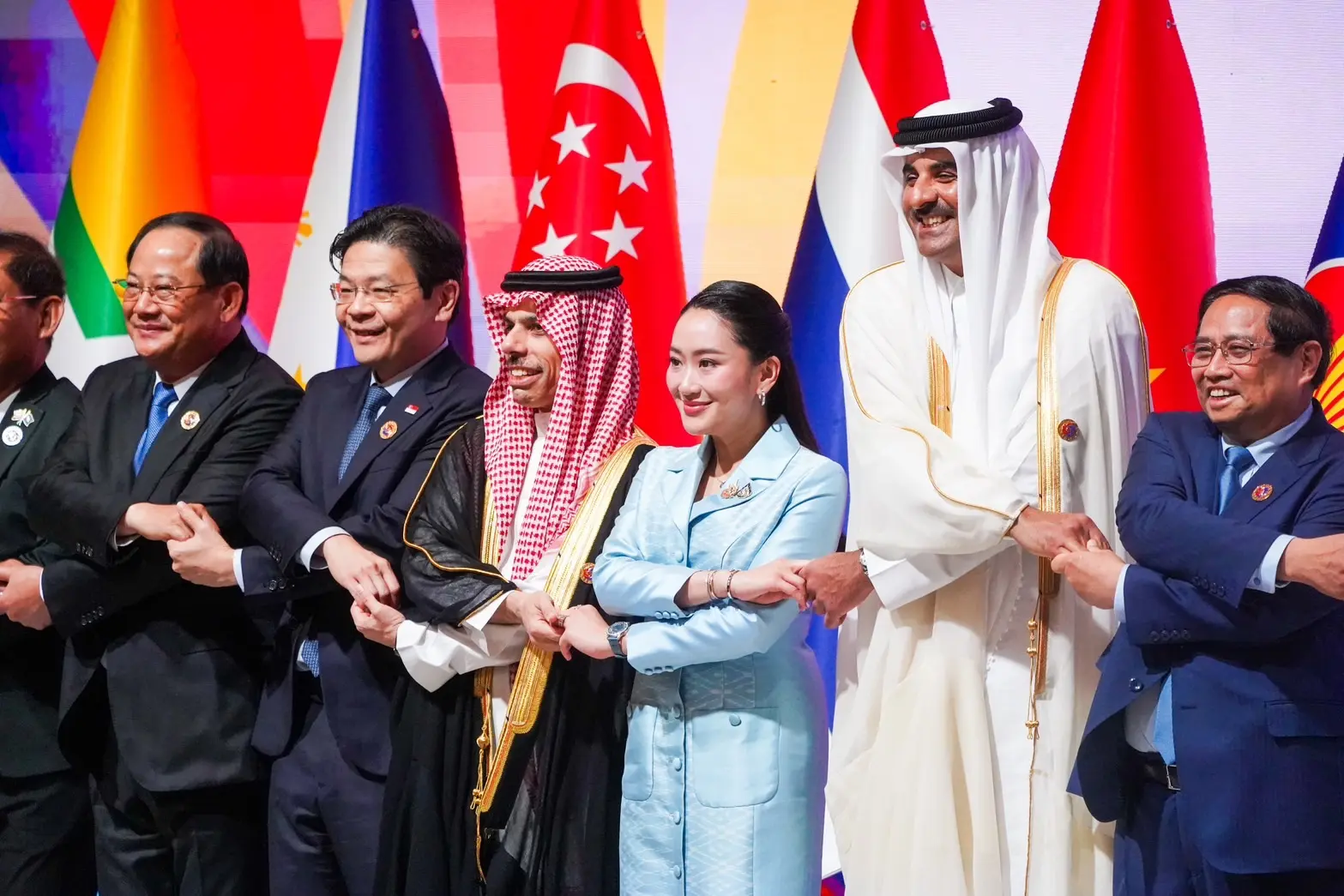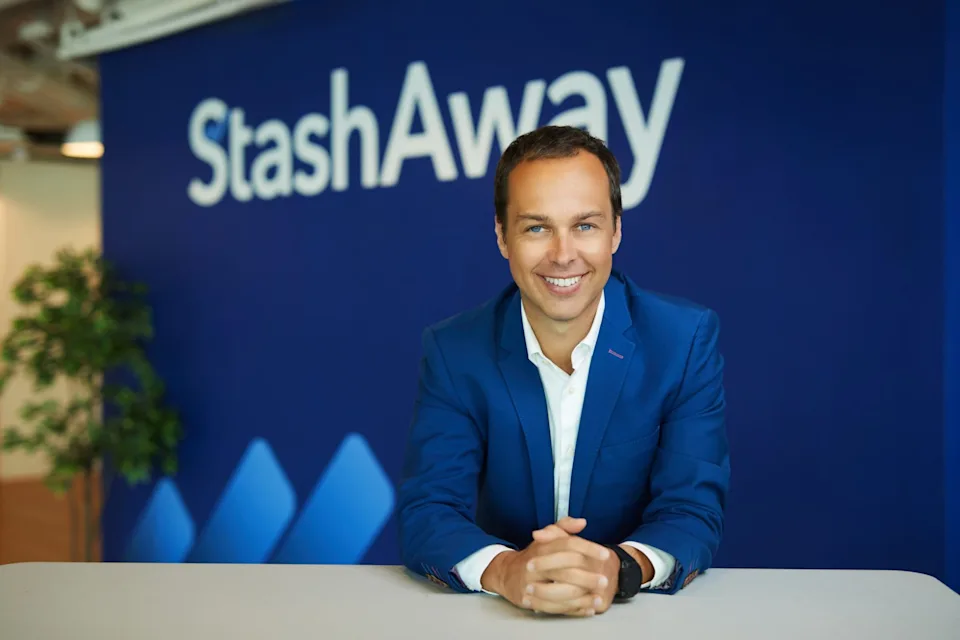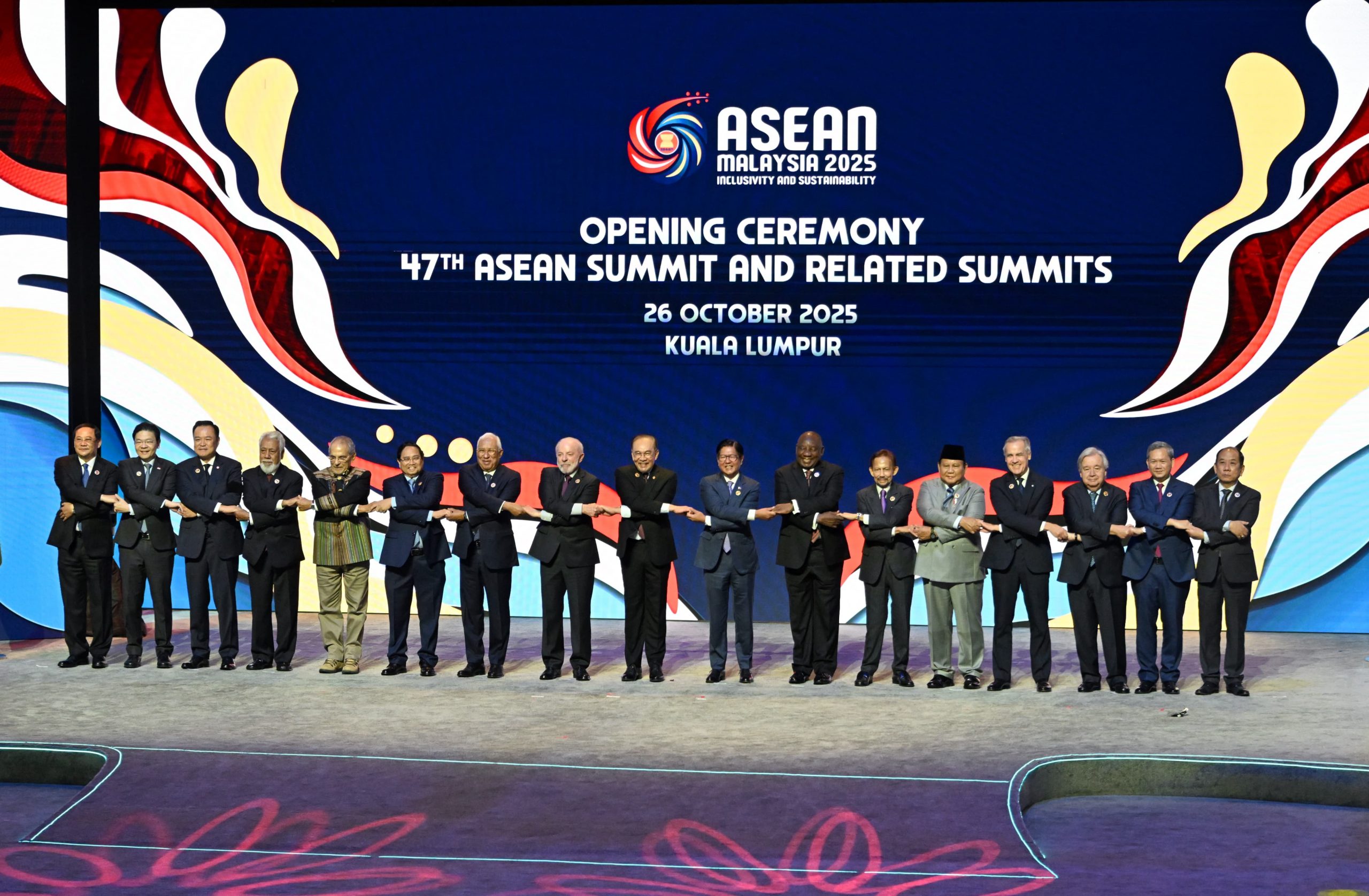Global trade is tilting east—and the Gulf–ASEAN corridor is emerging as one of the world’s fastest-growing economic axes.

Photo credit: Thai News
As global trade tilts eastward, the economic axis connecting the Gulf and Southeast Asia is gaining unprecedented momentum—reshaping markets, opening new avenues, and inviting business leaders to rethink longstanding assumptions.
What began as a simple oil-for-labor exchange has transformed into a richly layered tapestry of commerce, finance, and investment.
This expansion isn’t just about oil. We’re seeing a shift into consumer markets, logistics, tourism, aircraft maintenance, and financial services .
Cities like Dubai and Abu Dhabi are fast becoming crossroads for capital. The UAE’s capital market surpassed USD 1 trillion in market cap, and Abu Dhabi managed USD 1.67 trillion in sovereign wealth fund assets in 2024 .
ASEAN economies are crafting a deliberate response to global pressures:
Gulf sovereign wealth funds are no longer passive global players—they’re strategic. Notably, Abu Dhabi’s Mubadala is partnering with Singapore’s Temasek and GIC on major infrastructure and climate-focused deals, including a USD 7.3 billion acquisition of Techem .
Meanwhile, Southeast Asian firms and family offices are setting up operations, forming joint ventures, and tapping into Gulf capital to fuel growth.
Trade is being reinforced with enabling structures:
Diversify Through Collaboration
Gulf-based investors should explore AIR-sea corridors, consumer tech, logistics, agritech, healthcare, and hospitality in Southeast Asia. SEA-based entrepreneurs can enter Gulf markets via joint ventures or regional offices to tap into capital and cross-regional clients.
Leverage Policy and Trade Platforms
CEPA agreements, RCEP discussions, and business councils are paving the way for low-friction trade—ready to be harnessed.
Build Long-Term Relationships
Strategic equity and targeted capital deployment are displacing short-termism. Think infrastructure, resilience, and digital transformation.
Use Migration-Friendly Structures
Platforms like DIFC and ADGM—paired with initiatives like Golden Visas—facilitate mobility for talent and business expansion.
Reframe Your Market Perspective
The Gulf isn’t just a commodities buyer. Southeast Asia is more than manufacturing. This is about integrated growth, supply chain co-development, and synchronized advancement.
In times of uncertainty, seeing differently means adapting differently. For business owners in Southeast Asia and the Gulf, the Gulf–ASEAN Exchange becomes afertile bridge to new possibilities, built on understanding, equity, and mutual ambition.

StashAway’s entry into the UAE isn’t just a business expansion. It reflects a shift in how wealth is being understood in the region.

The 47th ASEAN Summit in Kuala Lumpur from 26–28 October 2025 marked a pivotal moment for Southeast Asia. With East Timor’s historic entry as ASEAN’s 11th member, an upgraded ASEAN-China Free Trade Agreement, and renewed engagement from major powers, the summit reflected both opportunity and strain. The question now is whether ASEAN’s long-standing unity can hold amid global polarisation and rising protectionism.

First Abu Dhabi Bank (FAB) is deepening its role as the financial bridge between the Gulf and Asia. At the second edition of the Middle East–Asia Summit in Singapore, FAB convened over 250 policymakers, investors, and business leaders to discuss how trade, innovation, and sustainability can shape a new era of cross-regional growth.